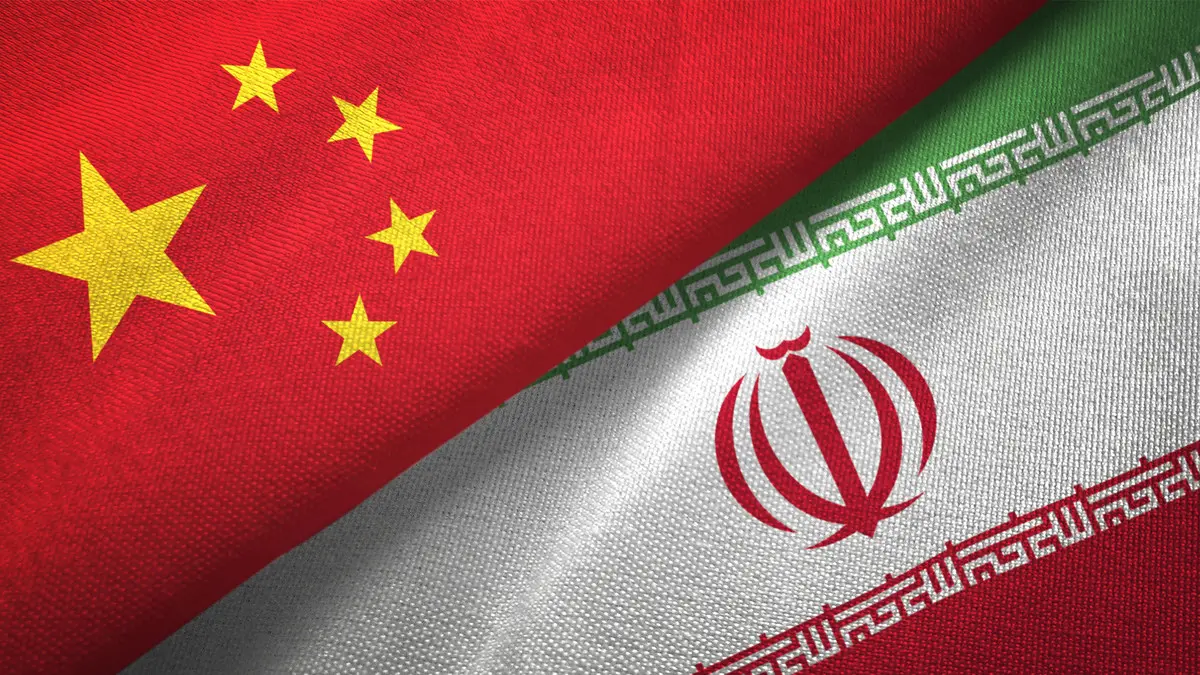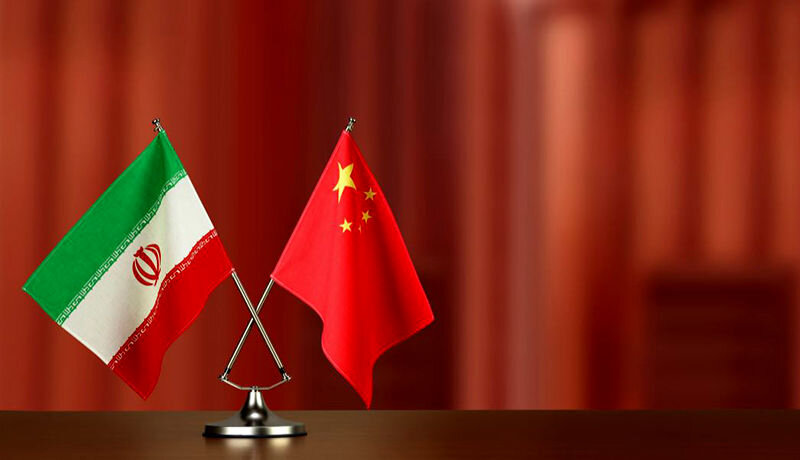Trade Dynamics Between Iran and China: A Comprehensive Analysis
Abstract:
The bilateral trade relationship between Iran and China has garnered significant attention in recent years, given the geopolitical and economic implications for both countries and the broader region. This article provides a comprehensive analysis of the export-import dynamics between Iran and China, examining key trends, challenges, and opportunities shaping their trade relations. Through an in-depth review of trade data, policy frameworks, and economic indicators, this study aims to elucidate the evolving nature of this strategic partnership and its implications for global trade dynamics.
Introduction:
Iran and China share a multifaceted trade relationship that has strengthened over the past decades, driven by complementary economic interests and strategic cooperation. China has emerged as Iran’s largest trading partner, while Iran plays a crucial role in China’s energy security and regional connectivity initiatives. The bilateral trade volume has witnessed substantial growth, despite challenges posed by international sanctions and global economic uncertainties. Understanding the dynamics of Iran-China trade is essential for assessing the opportunities and challenges for both countries and the broader implications for regional and global trade dynamics.
Trade Trends and Patterns:
The trade relationship between Iran and China has been characterized by a significant imbalance, with China predominantly exporting manufactured goods and machinery to Iran, while Iran exports primarily crude oil and petrochemical products to China. However, there has been a gradual diversification in trade categories, with Iran seeking to increase non-oil exports and enhance value-added products. Chinese investments in Iran’s infrastructure, energy, and manufacturing sectors have also contributed to expanding bilateral trade ties.
Challenges and Constraints:
Several challenges impede the full realization of the trade potential between Iran and China. International sanctions imposed on Iran have restricted its access to global markets and financial systems, impacting its trade flows with China. Moreover, logistical constraints, regulatory barriers, and cultural differences pose hurdles for businesses operating in both countries. The volatility of oil prices and geopolitical tensions in the Middle East further add to the uncertainty surrounding Iran-China trade relations.
Policy Implications and Future Prospects:
Both Iran and China have taken proactive measures to enhance their trade cooperation and mitigate existing challenges. The signing of comprehensive trade agreements, the establishment of special economic zones, and initiatives to promote investment and technology transfer signify the commitment of both countries to deepen their economic partnership. As China’s Belt and Road Initiative (BRI) gains momentum, Iran stands to benefit from increased infrastructure development and connectivity, which could further boost bilateral trade and investment flows.
Conclusion:
The trade relationship between Iran and China is poised to play a pivotal role in shaping the economic landscape of the Middle East and beyond. Despite facing various challenges, both countries have demonstrated resilience and determination to strengthen their economic ties through strategic collaboration and mutual cooperation. By addressing existing constraints and leveraging their respective strengths, Iran and China can unlock new opportunities for trade diversification, investment expansion, and sustainable growth, thereby fostering greater prosperity for their peoples and contributing to global economic stability.




